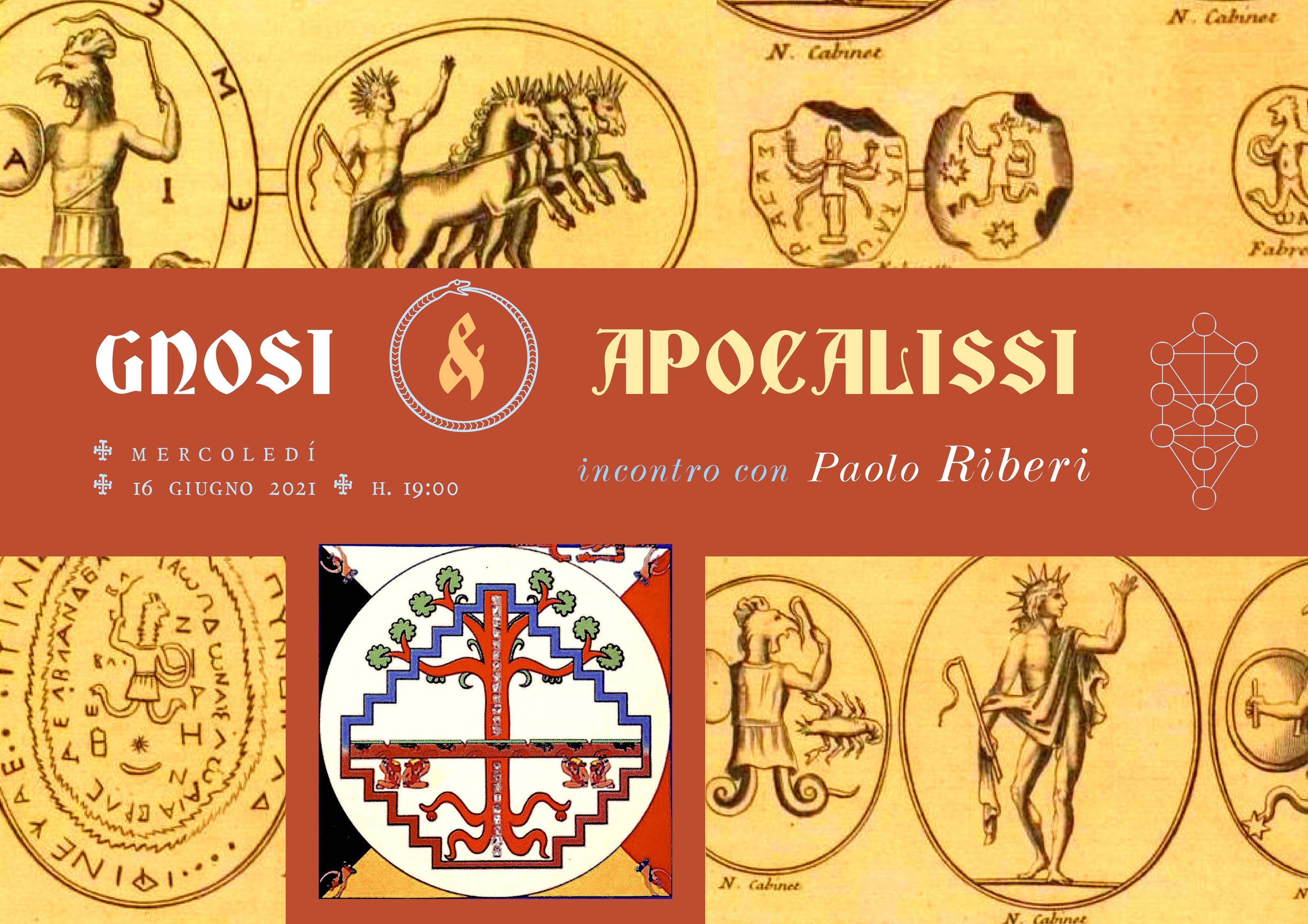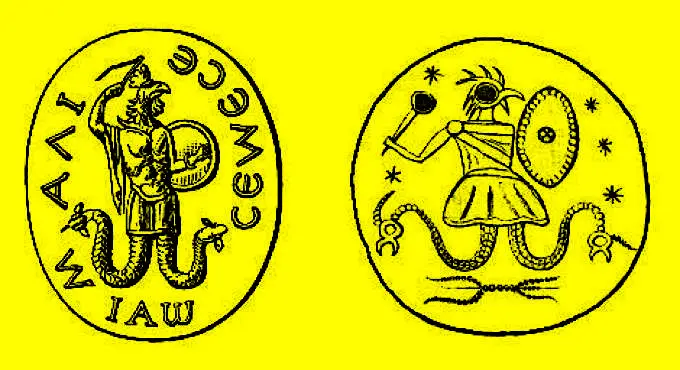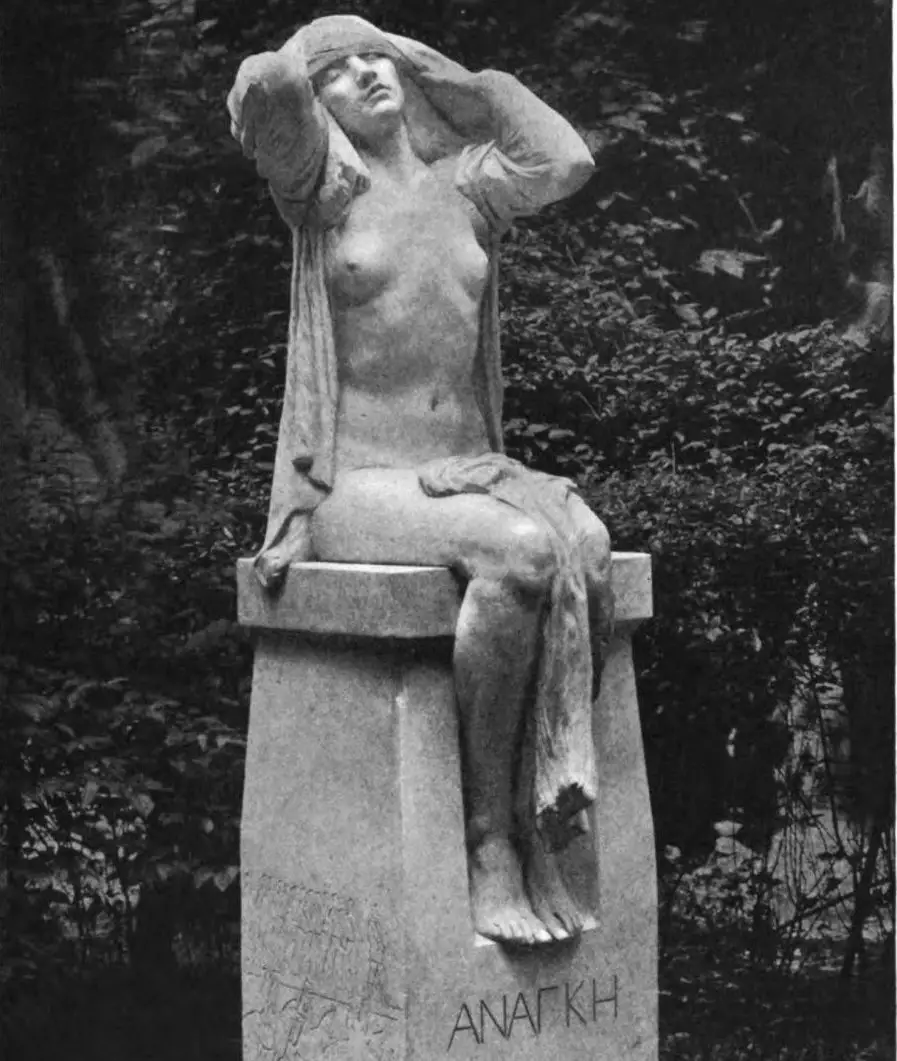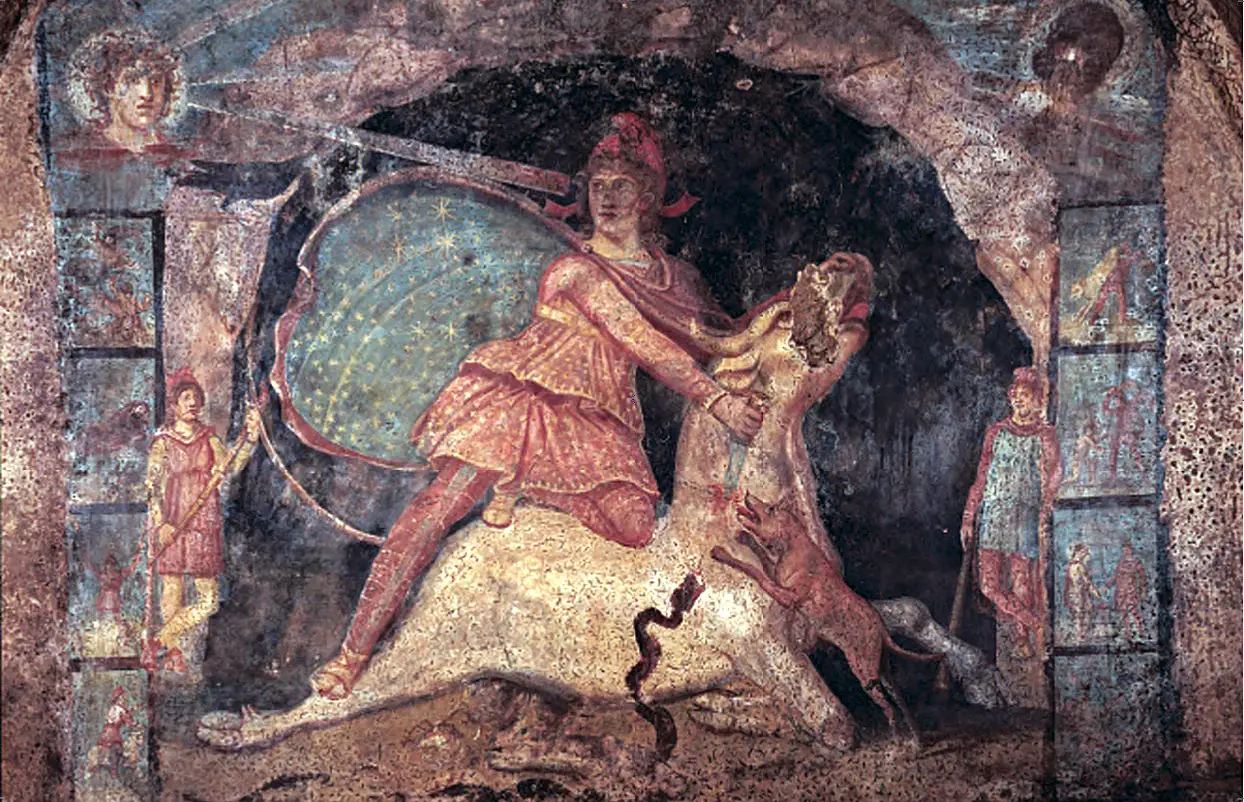The second appointment of our new series of online conferences and presentations will be broadcast on our YouTube channel on Wednesday evening at 19:00. This week Paolo Riberi, author of the essays, will be with us "Abraxas: the magic of the drum" (Mimesis, 2021), "Red pill or black lodge?" (Lindau, 2017), "The Apocalypse of Adam" (Lindau, 2013), "Mary Magdalene and the others" (The Age of Aquarius, 2015) and "The Gnostic Apocalypse of Light" (Esther, 2020) .
Tag: Gnosticism
Abraxas, or on escaping from the cosmic prison
In their new book, "Abraxas: the magic of the drum. The forgotten cult of the cosmic god from shamanism to gnosis", released in March for Mimesis, Paolo Riberi and Igor Caputo investigate the figure of the god / demon Abraxas, halfway between that of the Demiurge of the Gnostic and Platonic cosmogony and that of the aeonic god who connects the various levels of the cosmic manifestation.
Children of a lesser god: Gnostic elements in the Nag Hammadi manuscripts
The discovery of an entire "Gnostic library" in Nag Hammadi, Egypt, in 1945, revealed to the world the "cosmic pessimism" of some of the earliest Christian congregations in the Near East, based on the ontological difference between the unknowable God- Father of the Synoptic Gospels and the "God of this world", a figure who has notable correspondences but also sensitive distinctions with the Platonic Demiurge.
The pilgrimage to the subtle body: a little-big book by Annick de Souzenelle
In "Va 'verso te", recently published in Italian by Edizioni Tlon, Gallican Catholicism, Alexandrian Gnosticism, Jewish Kabbalah, Greek myths and depth psychology converge, among other things. loci privileged incarnation of the eternal archetypes.
The Demiurge and the positive possibility: shaping
In this fifth appointment of the "Manvantara" cycle we are going to analyze, after the "negative way of the Demiurge" outlined in the previous article, the specular "positive way": the shaping of man or anthropogenesis.
“Penda's Fen”: the sacred daimon of ungovernability
The revolt against the modern world and the initiatory journey of the young Stephen through his encounter with angels, demons and the ancient pagan powers of the English Motherland, in this undiscovered jewel of the Seventies British folk-horror.
Paolo Riberi: the “Gnostic Renaissance” in modern cinema
We are pleased to report to our readers the publication of the new work by Paolo Riberi, Red pill or black lodge? Gnostic messages in the cinema between the Matrix, Westworld and Twin Peaks (Lindau, Turin, 2017), in which the author honors the writer of the mention of the article The secrets of Twin Peaks: the "Evil that comes from the woods", published on this site.
G. de Santillana: “History to be rewritten”. Reflections on "Ancient Fate" and "Modern Affliction"
(image: Gilbert Bayes, ananke, sculpture)
Extract from the essay by Giorgio de Santillana «History to rewrite", Written in 1968 and published the following year by the Massachusetts Institute of Technology, later (1985) translated and published in Italy by Adelphi in the collection of writings entitled"Ancient fate and modern fate».
Preface and notes by Marco Maculotti. Our italics.
The religions of mystery: soteriology of the Mithraic cult and of Attis / Cybele
(image on the side: affresco representing Mithra killing the bull, XNUMXnd cent. AD, Marino, Italy)
NIn the 50s, the Gnostic documents of Nag Hammadi, found immediately after the war in Egypt, made their entry into the academic world, and the need arose in the field of studies for a reflection on the material available and a rethinking of the categories into which they fell. the so-called mystery cults. The years between the 30s and 40s had already brought new materials and new research hypotheses: studies on pattern or mythical-ritual model inaugurated in England, which still felt the influence of Frazerian comparativism, "by now they were putting the theme of mystery religions in a broader perspective to consider them, one by one, in their ancient roots of national and ethnic religions - Crete, Egypt, Anatolia and the rest of anterior Asia, overcoming the limitation to mystical and soteriological cults of the Hellenistic-Roman age and in particular those relating to divinities of oriental origin»Such as Mithra (Persia), Isis and Osiris (Egypt, Rome), Cybele and Attis (Anatolia), Aphrodite / Astarte and Adonis (Phenicia, Greece) [From: U. Bianchi, The study of mystery religionsin The soteriology of oriental cults in the Roman Empire, Proceedings of the International Colloquium, Rome 24-28 Sept. 1979].
The secrets of Twin Peaks: the "Evil that comes from the woods"
di Marco Maculotti
«We will meet again in 25 years"—So Laura Palmer promised, trapped in the parallel dimension called" Black Lodge ", to agent Dale Cooper in the last episode of the second season of The secrets of Twin Peaks, which aired in the USA on 10 June 1991. What until recently seemed destined to remain a promise without a sequel is now on the verge of being kept: on 21 May the first episode of the third will be broadcast in America, highly anticipated season of the serial, which will pick up the subject exactly where we left off, with a gap of a quarter of a century. Waiting for the pilot episode of the new season to arrive on our television screens (May 26, on the channel Sky Atlantic) we want to propose to our readers an analysis of the more specifically "esoteric" themes they have made Twin Peaks a real media event of the nineties.










